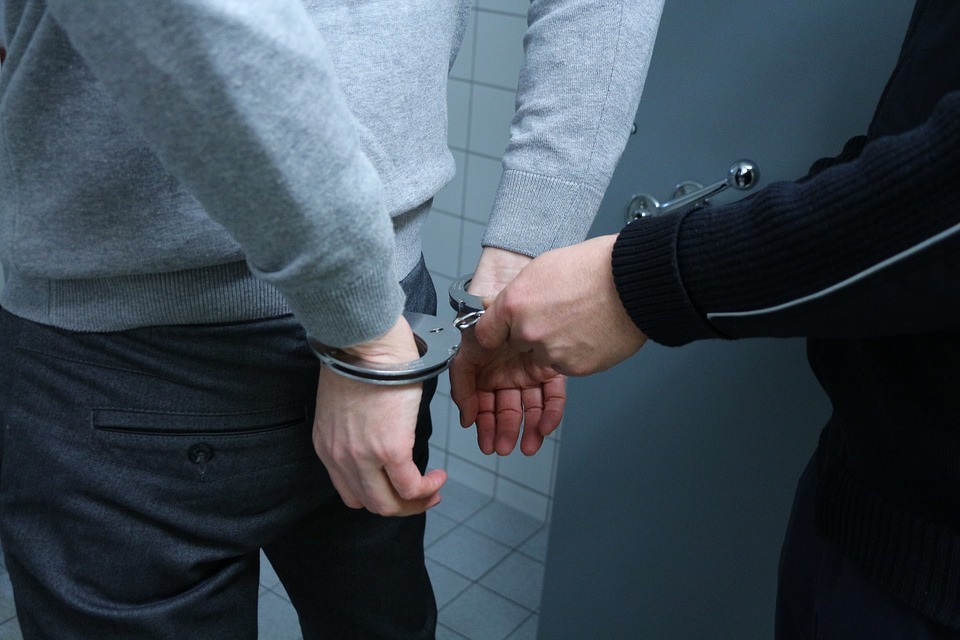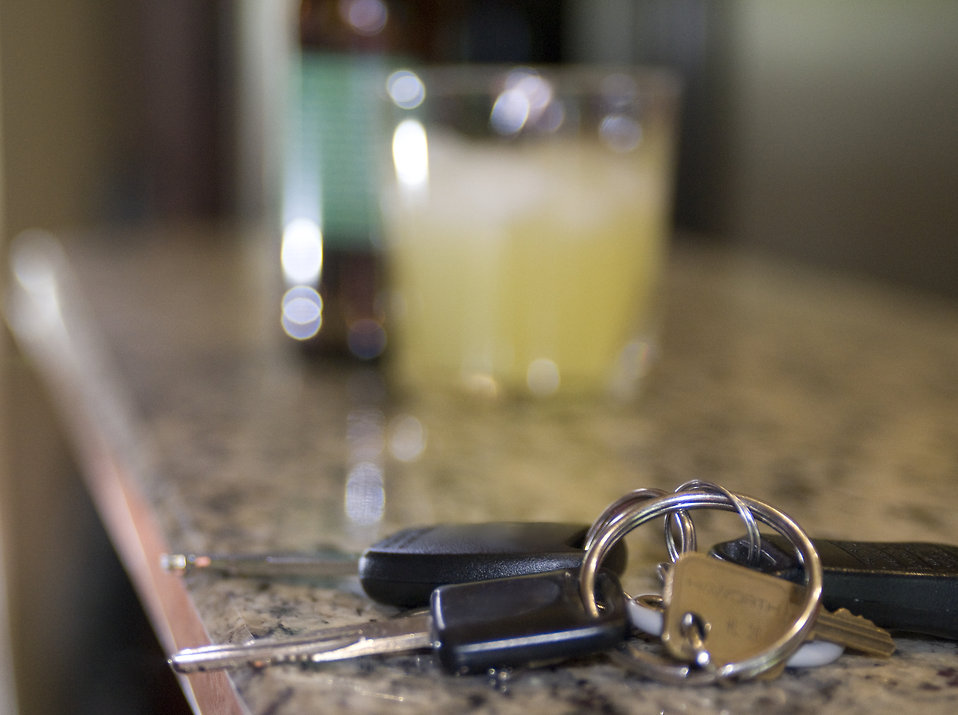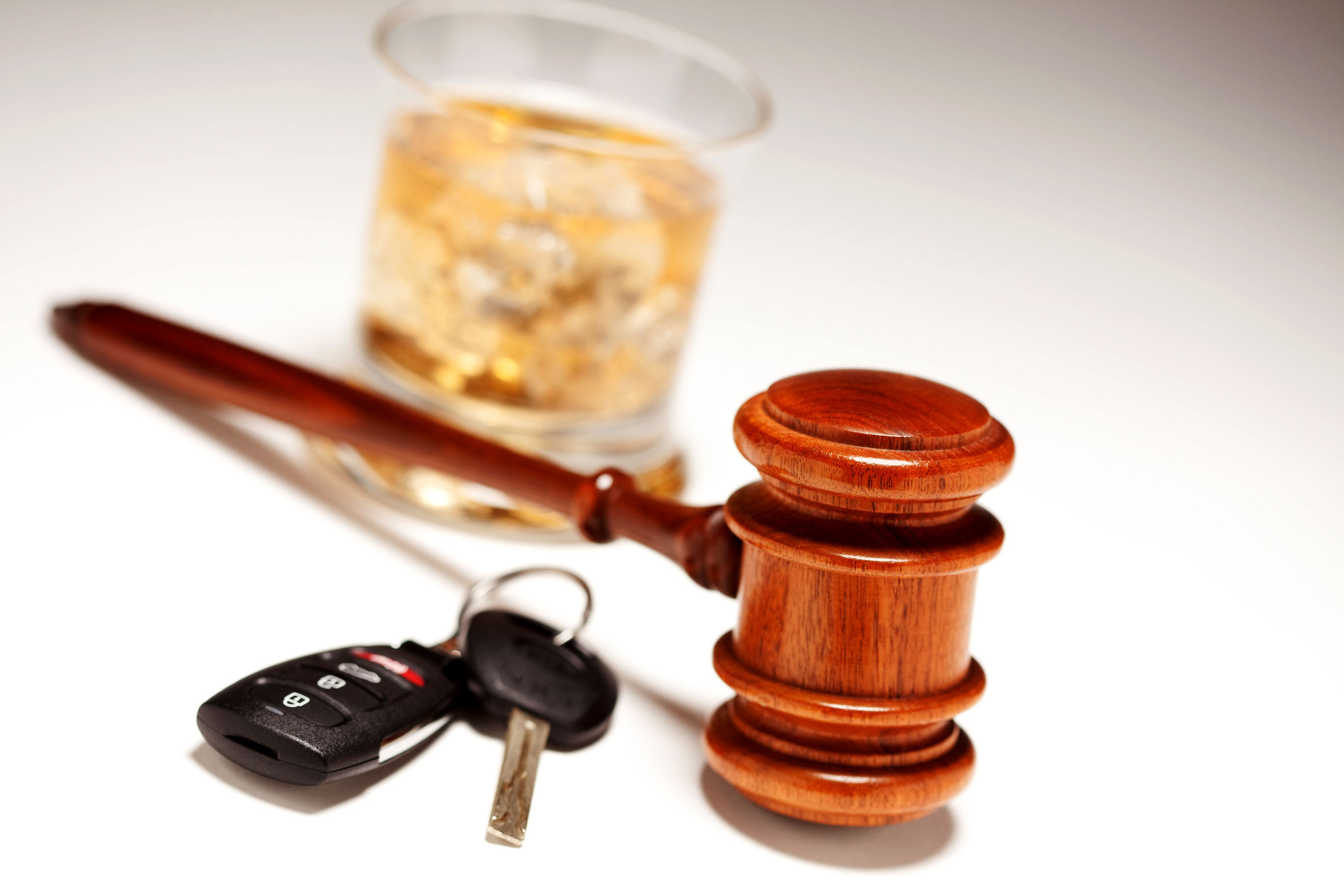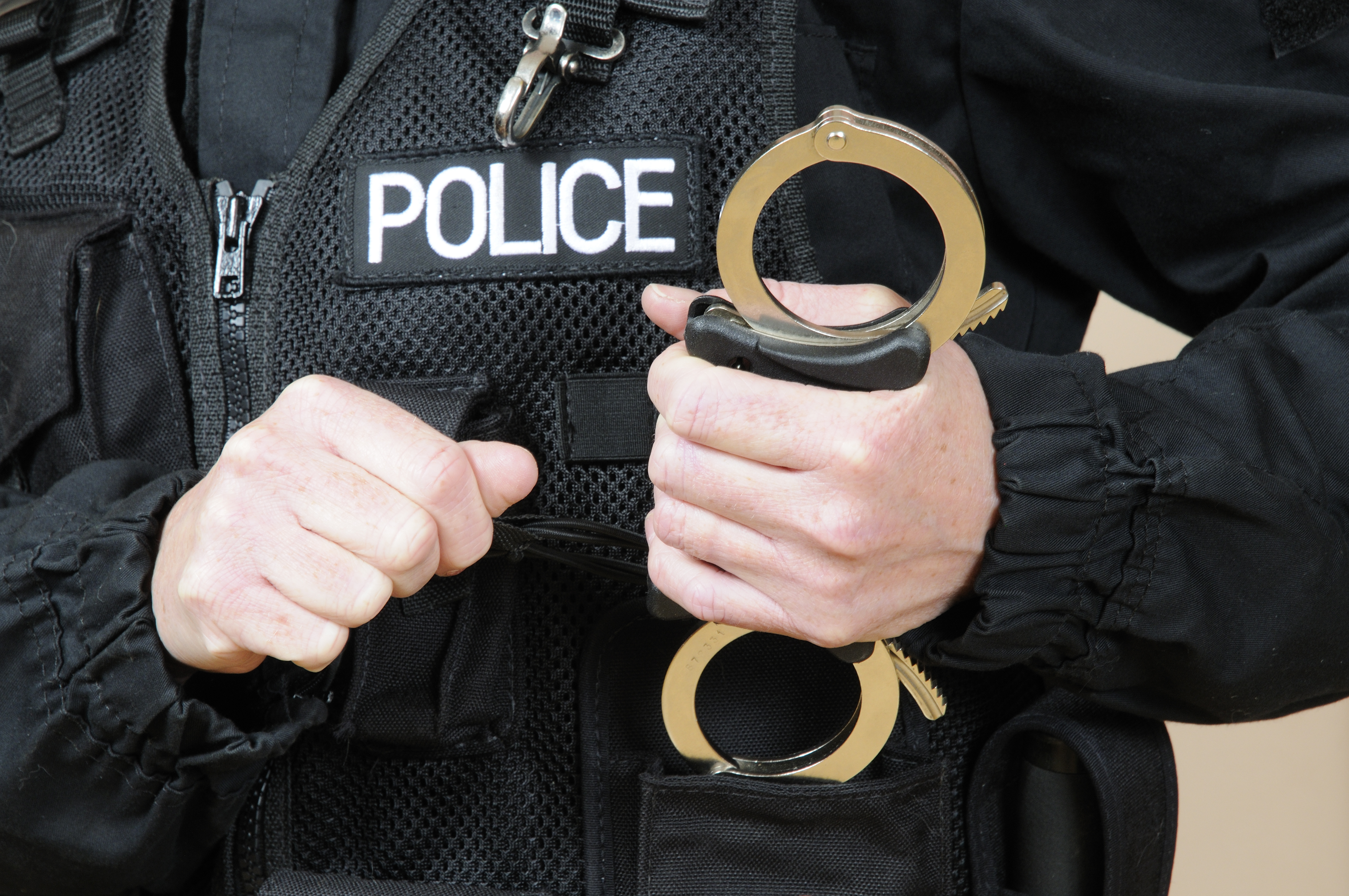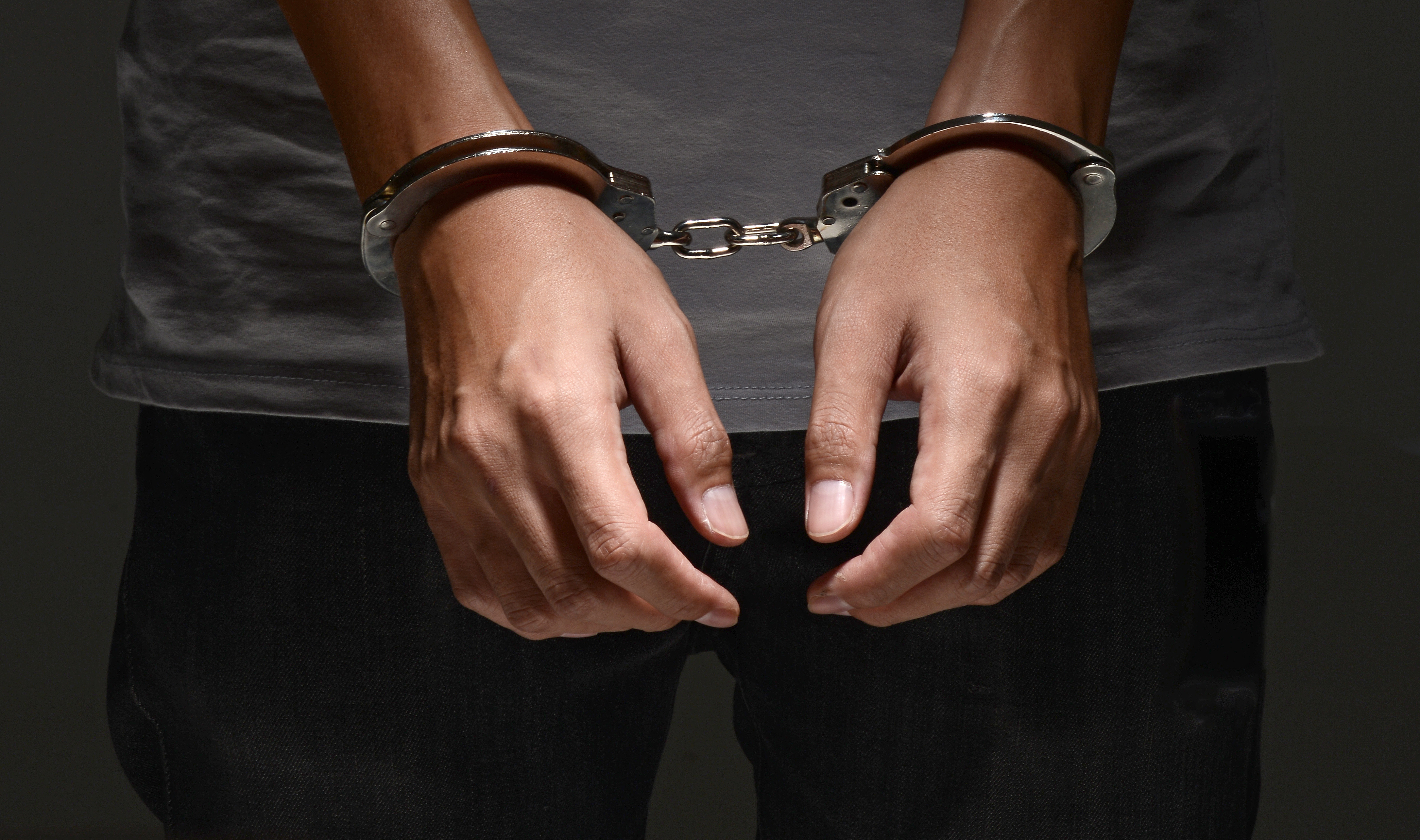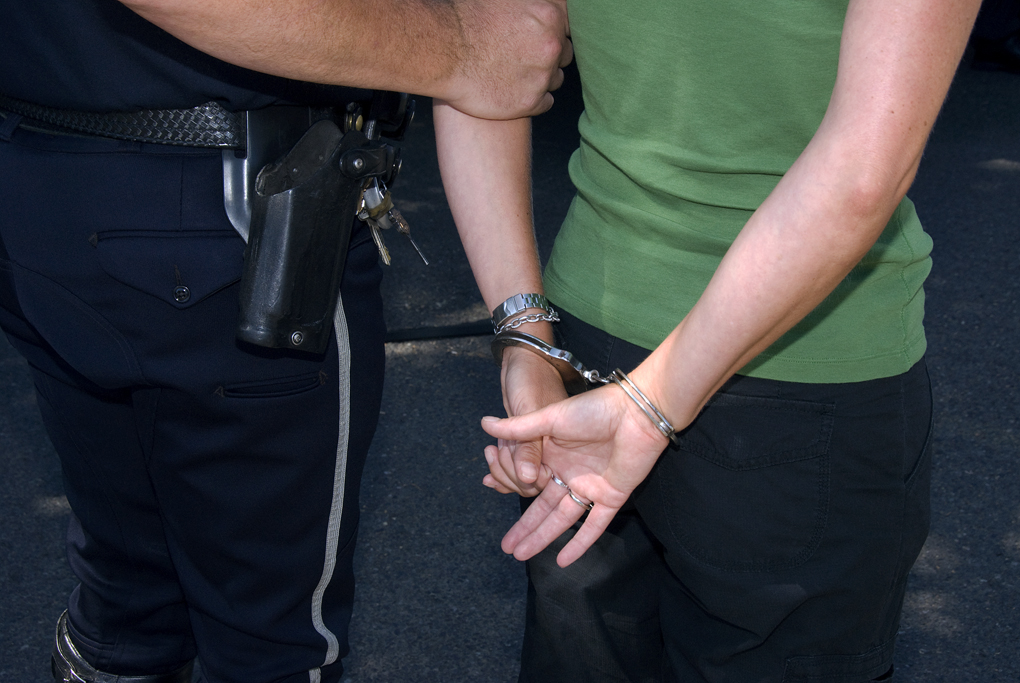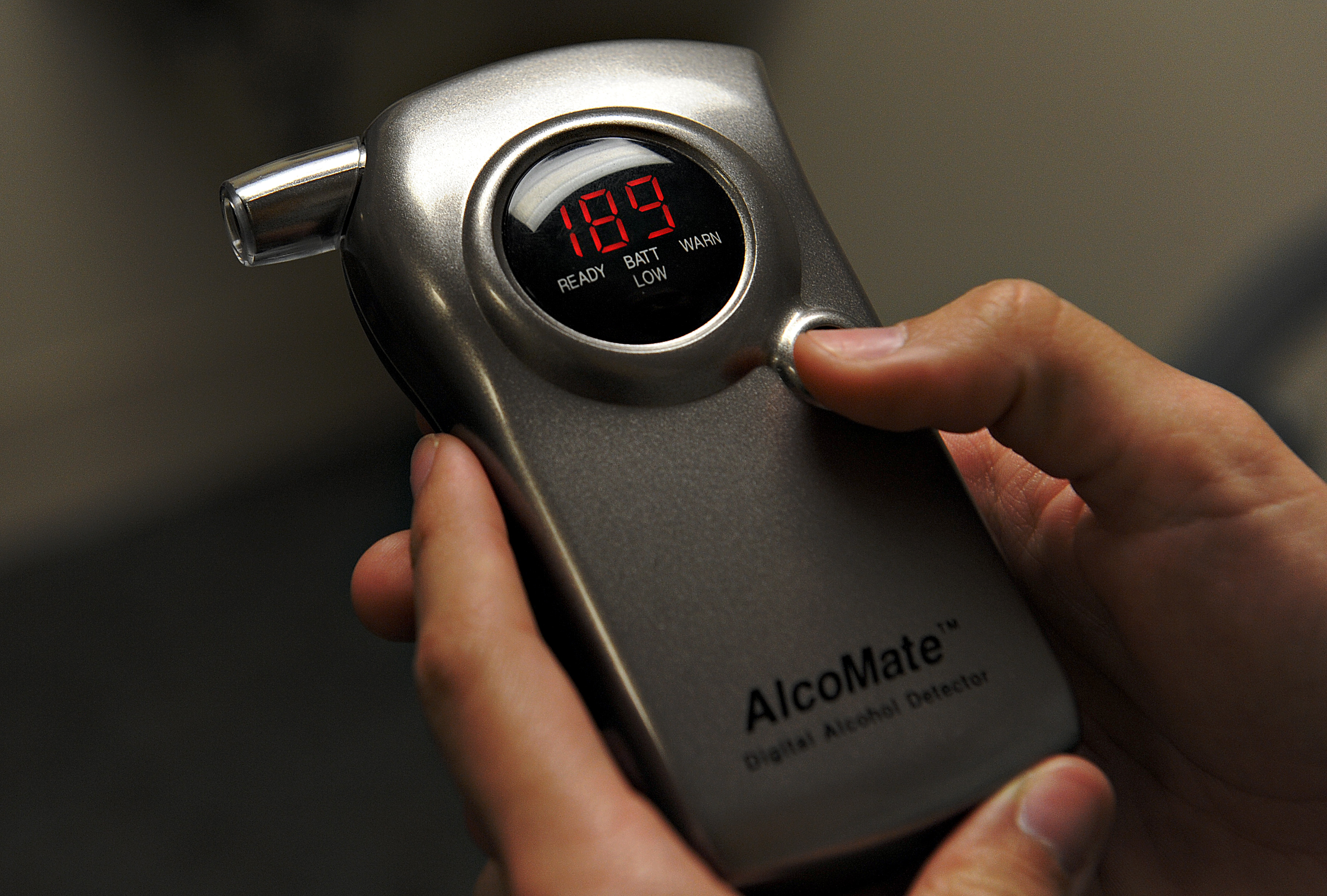Search
When Will Michigan Have a .05 Legal Limit for Drunk Driving?
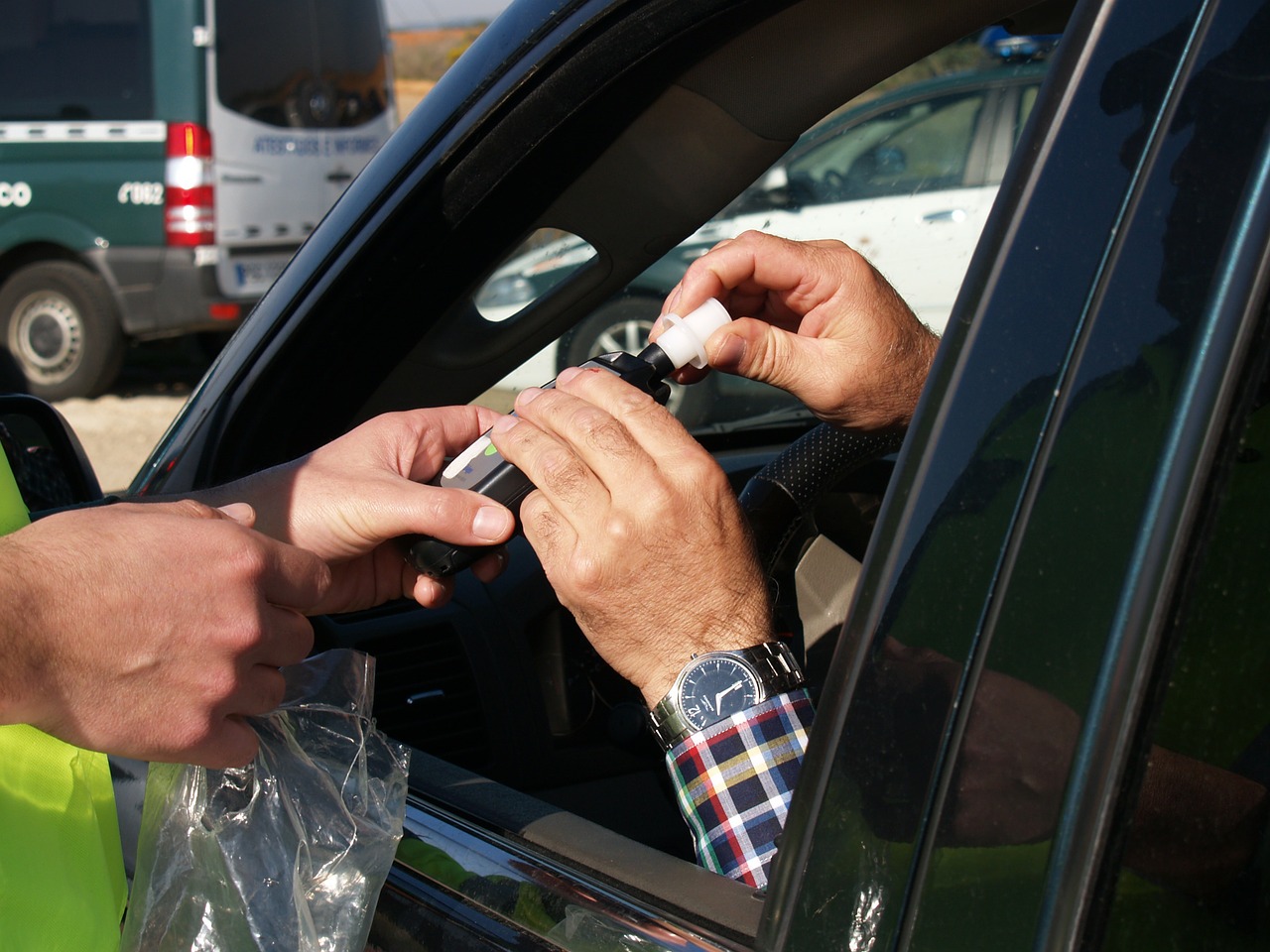
Michigan is likely to have a .05 legal limit for drunk driving within the next five years. This is because the National Highway Traffic Safety Administration (NHTSA) has begun pushing a .05 legal limit at the national level. Once a .05 legal limit is adopted as national policy, the federal government will use highway funds to force all states to lower their legal limits to .05. Michigan will capitulate to this new lower legal limit, just as they did in 2003 when the legal limit was lowered from .10 to .08.
The latest round of NHTSA’s efforts toward a national .05 legal limit is contained in its publication entitled: Getting to Zero Alcohol-Impaired Driving Fatalities: A Comprehensive Approach to a Persistent Problem. This publication first sets forth their definition of the problem, which is alcohol-related traffic offenses, and then details their proposed solution, which includes a lower legal limit of .05 combined with increasingly aggressive law enforcement practices, including roadblocks.
NHTSA’s initial statement or premise is that:
 Michigan Criminal Defense Lawyer Blog
Michigan Criminal Defense Lawyer Blog


